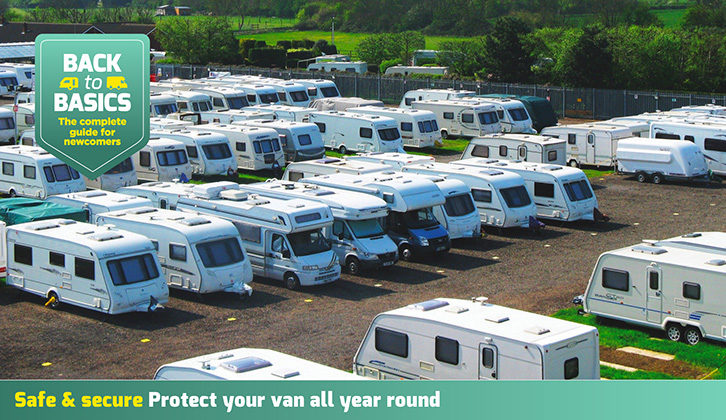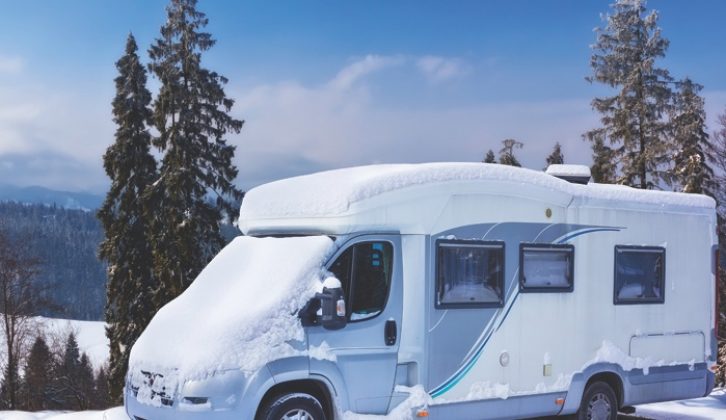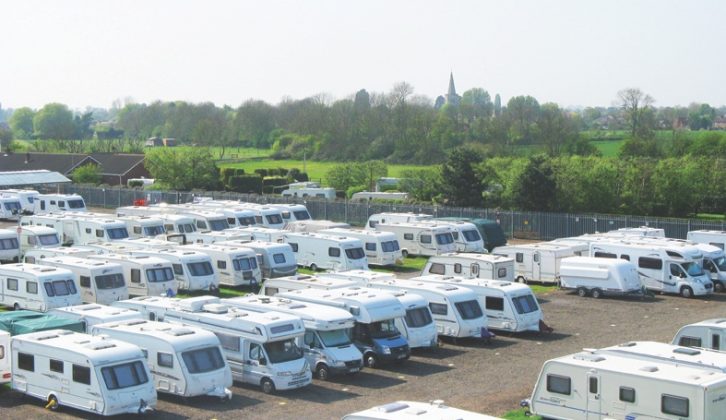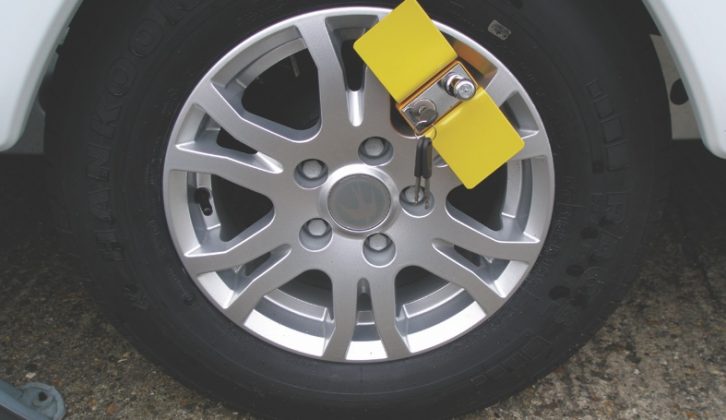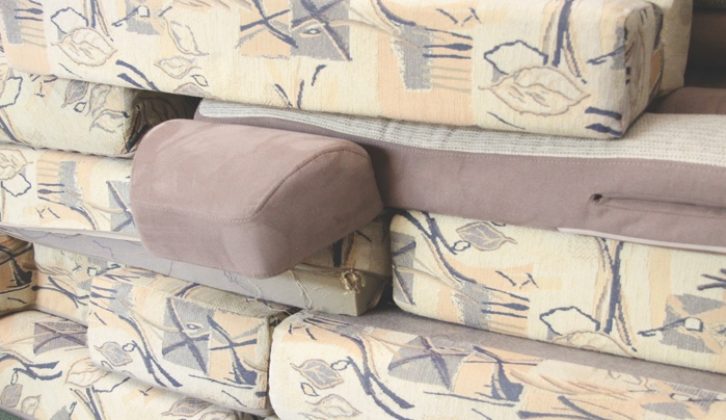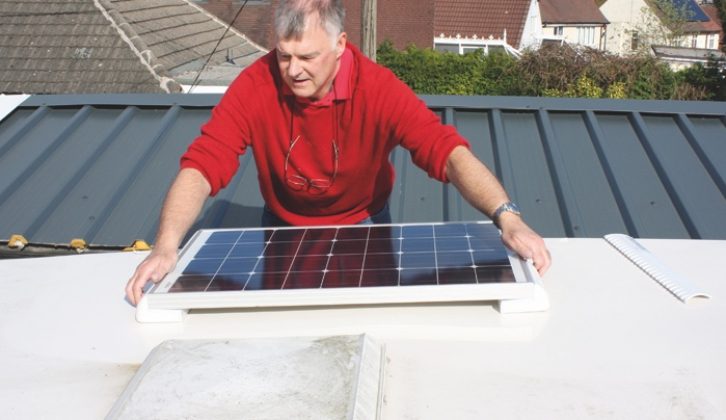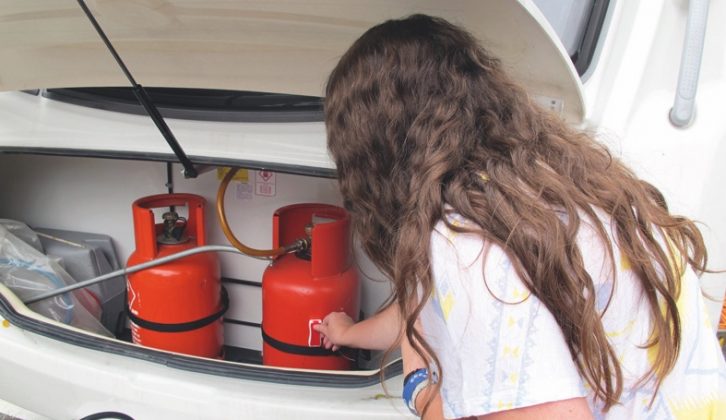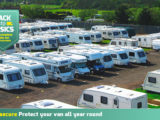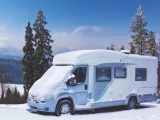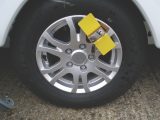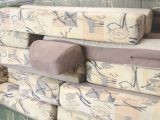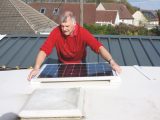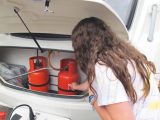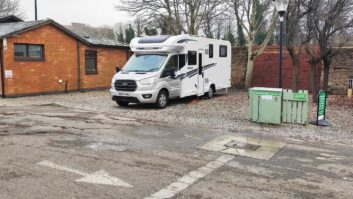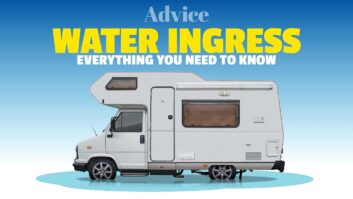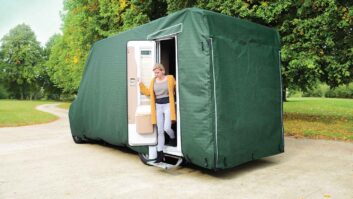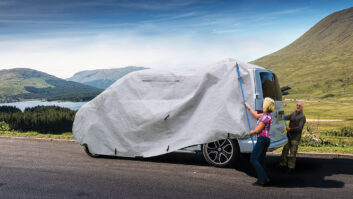Touring in the summer months is always a highly enjoyable experience, but when it comes to the late autumn and winter, you may decide it’s time to call it a day for the year. It’s at this stage that putting your ‘van ‘to bed’ properly is crucial. If you don’t get this right, you could end up with numerous issues when it’s spring again and time to embark on another trip. So, what needs doing? Our simple guide talks you through the process of preparing your van for a safe winter layover.
Motorhome storage
Where are you going to be storing your motorhome? Keeping it at home does have its own benefits – for instance, you can run a power lead to it, to trickle-charge the battery.
However, home-stored units are statistically more likely to be stolen or damaged, in comparison to those kept in bespoke compounds. Many housing estates also ban motorhomes on driveways.
If you can’t store your ‘van at home, we can recommend checking out CaSSOA.co.uk. The Caravan Storage Site Owners’ Association maintains high standards of security and service, providing excellent access to your leisure vehicle.
The elite sites are gold-rated, and storing in one of these also reduces your insurance premium, with the best insurers off-setting part of the cost with discounts. Typically, you’ll pay from £250 to £600 a year for storage, depending on your location. The south-east tends to be the most costly.
Security
No matter where you decide to store it, it’s well worth fitting some extra security. All security can act as a deterrent but we recommend:
At home, store your motorhome as far from the road as possible, blocking it in with a temporary fence panel or another vehicle.
No matter where you store it, you can use a good-quality wheel lock, and a steering wheel lock, too. Al-Ko are generally considered the best.
Remove the upholstery
During the winter, think about removing the upholstery (the seat bases and backs) and storing them somewhere which will be warm and dry.
This will keep them in excellent condition, as they will not be spending long periods in a cold and / or damp environment, but also makes your motorhome a less attractive prospect for thieves to steal.
If you do this, leave a blind open – thieves will then see the furnishings are removed.
You can also allow maximum airflow by leaving the mattress upright.
Deter rodents
Once it gets inside your motorhome, a tiny mouse can do a lot of damage, nibbling through cables and water pipes and destroying upholstery for nest-building purposes.
Many motorcaravanners store their ‘van cheaply in farmers’ yards, but these areas are most likely to be home to rats and mice.
Good storage sites will be free from long grass and weeds, which encourage rodents and might provide access to the motorhome.
Food crumbs and waste will quickly attract mice, so it makes sense to clean up really thoroughly before leaving the motorhome for the winter.
You could, of course, attempt to block up any tiny holes giving access to your ‘van, but bear in mind that mice can squeeze through apertures the size of your little finger, so this is a big ask. It’s much better to store your ‘van where the risk is minimal.
Motorhome covers
A high-quality, closely fitting cover for your ‘van, from the likes of Pro-tec or Specialised Covers, will be quite a significant investment, because they are tailored to your specific model of motorhome.
However, payback comes quickly: they not only protect your beloved ‘van from rain, ice and snow, but also shield all-important sealants against UV damage and hardening, prevent graphics from ageing, and stop any damage from bird lime and sap.
In addition, covers are an extra line of defence against thieves, and they can be manufactured with extensions for roof-mounted sat dishes or air-con units, and transparent sections for covered fixed solar panels.
Bear in mind, though, that loose-fitting covers which can flap about in the wind could damage the paint finish on a motorhome.
Flush out water system
After a long touring season, sometimes in hotter climes, it makes hygienic sense to flush out your water system before or after a winter lay-up.
To clean and descale the system, some people choose white vinegar diluted 1:50 with water, or bicarbonate of soda (1 tsp per litre). These will clean, but not sterilise.
For sterilising, a product such as Puriclean is best, and relatively cheap.
Milton Fluid is also popular, but ‘van manufacturers say this has the potential to affect internal pump components, so we’d avoid it.
Whatever you use, mix the solution on your water tank, then close all of the taps and turn on the pump.
Starting at the tap furthest from the tank, open each in turn until the solution starts pumping through (be careful of spluttering air in the pipes). Close the tap and move on. When they’re all done, leave the solution in the system overnight to take effect.
The following day, fill the tank with fresh water and pump it through each tap in turn until there are no chemical smells. Repeat this until you’re happy the tap water is pure. The grey-waste tank also benefits from this treatment.
Drain down water system
Leaving water in your on-board water tanks, boiler and pipes over the winter months is a recipe for disaster, because freezing and expansion can cause very expensive damage.
Some insurance policies demand that you drain down these systems when your motorhome is not in use between November and March.
Standing water in pipes also causes odours and, potentially, sickness if drunk. To drain down the system:
- Open all of the taps, including the shower. Position mixer taps halfway between hot and cold.
- Leaving the shower tap open, remove the showerhead and allow it to dangle downwards.
- Open the drain-down tap (usually near the motorhome boiler unit) by flipping it.
- Water should now drain out under the motorhome.
- Flush the toilet several times to empty the reservoir.
- Leaving a little dilute chemical in the toilet cassette should prevent any build-up of germs or odours.
- Leave all taps open.
- Driving your motorhome with all of the taps open can help to shift stubborn water out of the system. Alternatively, you could try a device such as the Flöe (£46), which, typically, ‘blows’ out one to three litres of excess water, using air pressure.
Sealed wet-heating systems, such as Alde, do not need to be drained, but the level (and concentration) of antifreeze should be checked annually.
Charging leisure batteries
There are several ways to keep your leisure battery in tip-top condition over the winter months.
One option is to remove the battery from the motorhome and trickle-charge it in a well-ventilated garage.
We like the ‘intelligent’ CTEK charger range. These start at around £50, depending on how ‘smart’ a charge you choose.
You could always charge the leisure battery in situ; although of course, if you do this, you will need to run a power lead to your motorhome, which won’t be possible if you are keeping it at a storage site.
The other alternative method for this is to install a solar panel, which will trickle-charge the leisure battery over the winter months. You should also take your motorhome for the occasional longer drive to get power back into both batteries.
Gas bottles
Depending where you store your motorhome, you might want to remove the gas bottles as a security measure. At the very least, you need to turn off the gas bottle tap, and make a mental note of how much gas you still have, ready for the season ahead.
Interior cleaning
You also need to give your motorhome a really thorough clean before leaving it for the winter.
Vacuum in all of those little gaps and crevices, to remove crumbs that can attract rodents, and ensure there are no food scraps in the sink plughole.
Exterior cleaning
It’s a surprisingly divisive topic, but I always wash a motorhome starting at the top, and always on a cool, dry day. Motorhome roofs take a lot of stick from general dirt, grime, algae, bird lime and sap. If left, these can become deeply ingrained and bird droppings can actually attack the paint. So, at least once a year, give the roof a really good clean.
Take extra care when you are leaning a ladder against your motorhome, sandwiching a cloth or some foam between ‘van and ladder. Many motorhome roofs can be walked on, but we don’t recommend it, so work from your ladder with a long-handled brush. You’ll be exerting a lot of force, so ensure the ladder is stable.
Alternatively, you could invest in a wide-legged stepladder, such as those made by Henchman.
First, hose down the roof to soften the dirt. Then brush gently to remove any abrasives, such as grit. Swill your brush or cloth in a bucket of water/shampoo between brushing, to remove any grit, minimising surface scratches and swirls.
I then spray the surface with my preferred clearner, Mac-Off. If you favour shampoo solution in a bucket, put a cloth under the bucket when it’s on the roof, to prevent scratching.
With a bit of elbow grease, most dirt will come off, but stubborn marks might require a slightly stiffer brush.
Now for the sides. I avoid using a jet-washer – even used from a distance there’s the danger of water forcing its way under seals and so on.
Black stains are our arch-enemy here, but Mac-Off Caravan and Motorhome Cleaner removes them with ease. Rinse down the sides before focusing on the acrylic windows. These are fragile, so rinse the brush-head to remove any grit, then fill a fresh bucket of water/shampoo. Wash and rinse, then check for scratches. Remove light scratches with a mild abrasive, such as T-Cut, baking soda/vinegar paste, or a product such as Windowize by Fenwicks.
You can find out more great tips and advice for staying safe on tour by heading to our Back to Basics: Safe and Secure category.
Future Publishing Limited, the publisher of practicalmotorhome.com, provides the information in this article in good faith and makes no representation as to its completeness or accuracy. Individuals carrying out the instructions do so at their own risk and must exercise their independent judgement in determining the appropriateness of the advice to their circumstances. Individuals should take appropriate safety precautions and be aware of the risk of electrocution when dealing with electrical products. To the fullest extent permitted by law, neither Future nor its employees or agents shall have any liability in connection with the use of this information. You should check that any van warranty will not be affected before proceeding with DIY projects.
Taking the right awning on tour with you can be a great way of improving your touring experience – our guide to the best motorhome awnings is a great place to start when you’re looking for the ideal one.
If you’ve enjoyed reading this article, why not get the latest news, reviews and features delivered direct to your door or inbox every month. Take advantage of our brilliant Practical Motorhome magazine SUBSCRIBERS’ OFFER and SIGN UP TO OUR NEWSLETTER for regular weekly updates on all things motorhome related.
Food crumbs and waste will rapidly attract mice. Clean up thoroughly before storing your motorhome for winter
